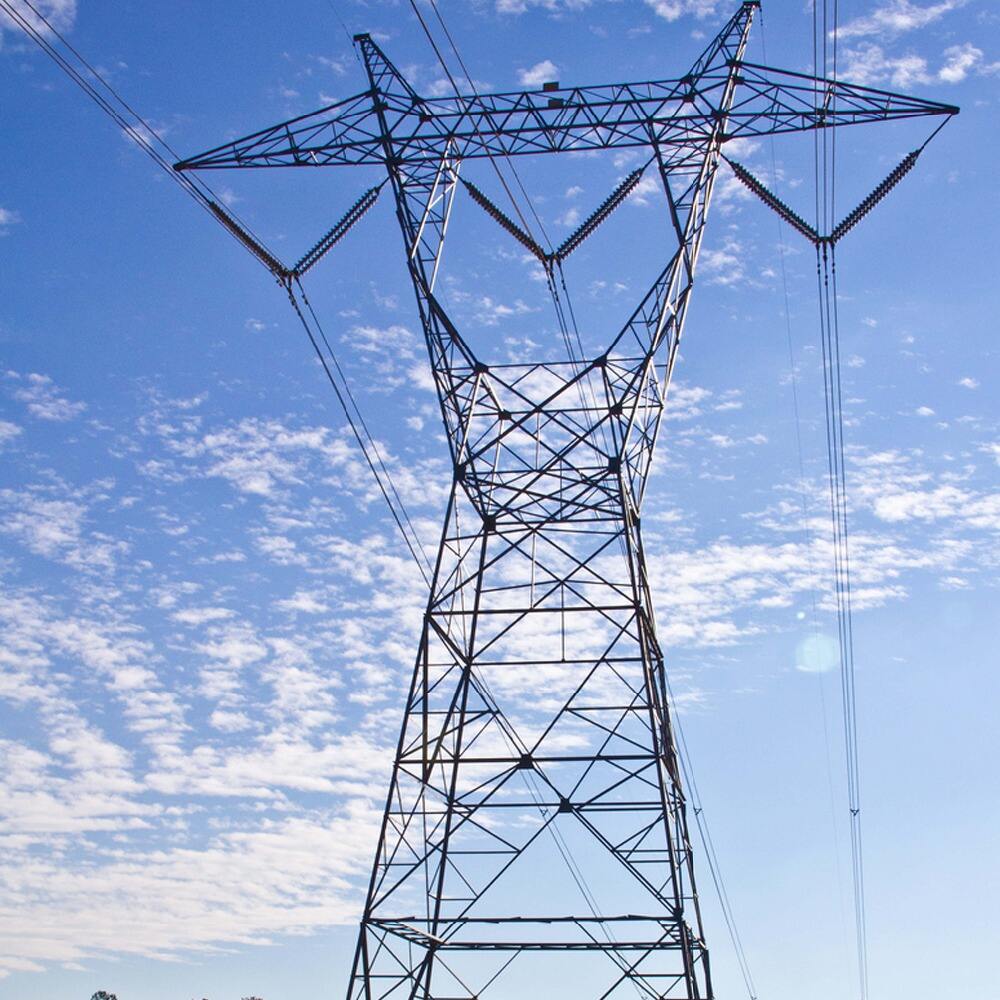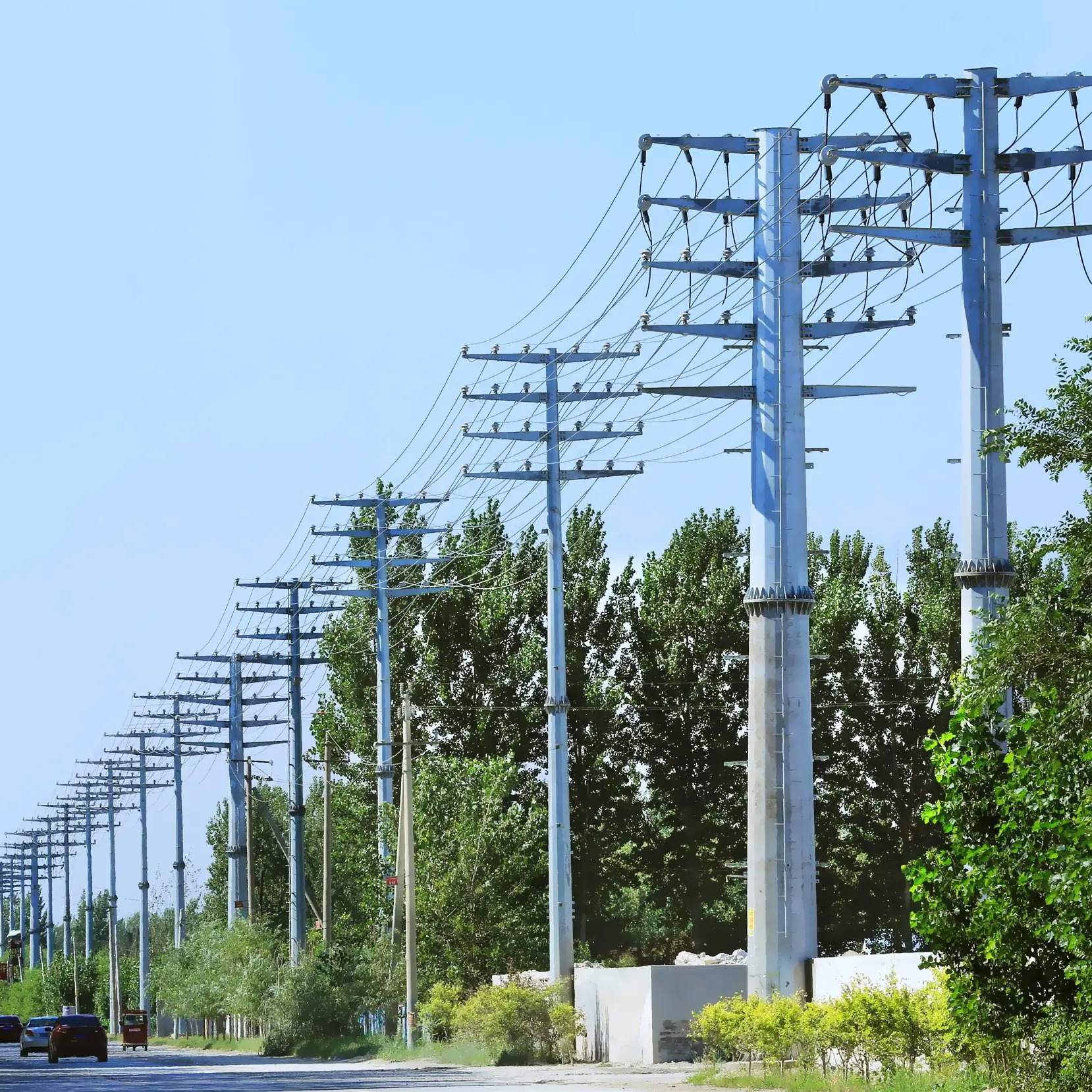Key Features of Efficient Transmission Line Towers
The structural integrity of transmission line towers is paramount to ensuring the reliability and safety of power distribution systems over time. A robust tower not only supports constant electricity flow but also minimizes failure rates and associated maintenance costs. According to studies, poorly constructed towers have higher failure rates, which lead to frequent outages and increased repair expenses. Regular maintenance and inspection are crucial, as they help in identifying potential issues before they lead to catastrophic failures.
Design flexibility in transmission line towers is equally important, as it allows for accommodation of various voltage levels and adapts to different geographic conditions. For example, multi-circuit towers can support multiple high-voltage lines in the same corridor, making them ideal for densely populated urban areas where space is limited. Such design versatility allows for efficient power transmission in diverse environments, showcasing their successful application in real-world projects like the SunZia project in New Mexico and Arizona.
The choice of materials significantly impacts the durability of transmission line towers, with corrosion resistance, weight, and longevity being critical factors. Using materials with superior corrosion resistance extends the lifespan of towers, particularly in harsh environments. Data from manufacturers indicate that materials like galvanized steel and weathering steel have shown prolonged life cycles in assessments, demonstrating their effectiveness in reducing long-term maintenance needs.
Environmental adaptability is another critical feature of effective transmission line towers. Towers must withstand extreme weather conditions and seismic activities to ensure uninterrupted power supply. Climate studies indicate increasing frequency and intensity of such events, emphasizing the need for resilient designs. Adaptations like flexible tower foundations and dampening systems can mitigate the adverse effects of weather extremities, thereby safeguarding both the infrastructure and the communities they serve.
Top 10 Transmission Line Towers for Maximum Efficiency
Choosing the right transmission line tower can significantly influence the efficiency and reliability of power transmission systems. Below are some of the best options available, each with unique advantages:
Lattice Tower: These towers are ideal for high voltage situations, often found in densely populated urban areas where space is limited. Their structural design allows them to support significant power loads efficiently, as demonstrated in numerous Case studies.

Monopole Tower: Known for their space-saving benefits, monopole towers are cost-effective and require less time for installation compared to traditional counterparts. Projects such as the HVDC link installations in cyclone-prone regions highlight their effectiveness, showcasing reduced project timelines and overall cost savings.
Double-Circuit Towers: By facilitating two circuits per tower, double-circuit towers maximize power transfer while minimizing land use. Statistics from recent energy distribution projects demonstrate these towers' ability to enhance energy efficiency and reduce the spatial footprint in dense regions.
Multi-Circuit Towers: These are designed for high-capacity projects, especially useful in coastal areas with integrated circuits. Their ability to efficiently manage multiple lines within a compact space alleviates the requirement for additional land, thereby maximizing cost and space efficiency.
Guyed Towers: Engineered to endure challenging terrains, guyed towers provide essential support to infrastructure in hilly regions. Adhering to stringent engineering standards, they are often chosen for projects in both remote and rugged landscapes.
Compact Guyed Towers: Versatile and cost-efficient, compact guyed towers suit urban settings where space constraints are prominent. Case studies from urban deployments underscore their adaptability and economic benefits within restricted environments.
Hybrid Towers: By combining various materials, hybrid towers offer enhanced strength and flexibility. Market data indicates superior structural performance, making them suitable for varied applications requiring a blend of robustness and versatility.
Advanced Composite Towers: Crafted from lightweight yet durable materials, advanced composite towers stand out for their strength. Experimental results affirm their resilience, especially in remote locations where lightweight materials become advantageous for transportation and erection.
Smart Towers: Merging modern technology with traditional designs, smart towers facilitate real-time monitoring and maintenance. Initiatives by utilities embracing smart grids illustrate how these towers contribute to proactive maintenance strategies, optimizing performance metrics.
Future-Ready Towers: These towers prioritize sustainability and efficiency, adapting to emerging industry trends. According to industry reports, future-ready designs incorporate innovative materials and technologies to meet evolving energy demands while reducing environmental impact.
These transmission towers represent the pinnacle of current engineering and technological advancements in the transmission sector, each serving unique needs and conditions to enhance electricity distribution infrastructure.
Applications of Efficient Transmission Line Towers
Transmission line towers play a pivotal role in supporting urban infrastructure and enabling the development of smart cities. These towers serve as the backbone for power delivery in densely populated areas, ensuring a reliable electricity supply to support modern conveniences. For example, many smart city projects harness advanced transmission line towers to facilitate seamless integration of electricity across complex urban networks.
Efficient transmission towers significantly expedite the integration of renewable energy sources into existing power grids. By offering robust support for solar and wind energy projects, these towers enable a smoother transition to sustainable power generation. Case studies highlight successful implementation in several locations, where the integration of state-of-the-art towers has led to enhanced energy distribution and reduced dependency on fossil fuels.
Beyond their primary role in power transmission, these towers also support telecommunication infrastructures. Innovations in shared infrastructures allow transmission line towers to double as telecommunication support structures, optimizing bandwidth and communication capabilities. This dual functionality not only streamlines infrastructure development but also reduces costs associated with establishing separate systems for power and telecom services, showcasing an efficient use of resources in the digital age.
Factors to Consider When Choosing a Transmission Line Tower
When selecting a transmission line tower, the load-bearing capacity is a critical factor that must be assessed carefully. Ensuring that the tower can support the expected load is essential for system stability and safety. Industry experts suggest that adhering to established standards helps in maintaining structural integrity. This consideration is particularly vital in regions prone to severe weather conditions, where tower failure could lead to substantial power outages and repair costs.
Another important consideration is the environmental impact assessment, which is often mandated by regulatory bodies before construction begins. Understanding the environmental footprint of the tower is crucial for mitigating adverse effects on local ecosystems. Integrating sustainability certifications in the project can help to ensure that environmental best practices are followed. These certifications not only enhance the project's credibility but also align with global efforts to reduce the carbon footprint of infrastructure projects.
Cost-effectiveness in both the design and installation phases cannot be overlooked. While upfront costs might seem significant, selecting designs that promise long-term savings is vital. For instance, studies in the field have shown that towers designed for efficient installation and minimal maintenance yield substantial savings over their lifespan. Cost analysis often reveals that while initial investments are higher for advanced designs, the reduction in operational costs offsets these expenses over time, making them a prudent choice for many projects.
Future Trends in Transmission Line Tower Design
Transmission line tower design is evolving with a marked shift towards sustainability and green materials. Industry research highlights a burgeoning market for eco-friendly construction technologies, reflecting a global commitment to reduce environmental impact. Meanwhile, advancements in energy efficiency are being prioritized, with new technologies aiming to enhance the performance of transmission systems. Cutting-edge engineering practices, such as those adopted by leading design firms, are setting new standards by integrating innovative solutions that promise improved reliability and efficiency in power distribution. The trend towards greener and more efficient infrastructure is poised to redefine the landscape of transmission line towers for years to come.
FAQ
What are the key features of efficient transmission line towers?
Key features include structural integrity, design flexibility, choice of materials, and environmental adaptability to ensure reliable and efficient power distribution.
How do transmission line towers support renewable energy integration?
Transmission line towers support renewable energy integration by providing robust support structures for solar and wind projects, facilitating a smooth transition to sustainable power generation.
What factors should be considered when choosing a transmission line tower?
Important factors include load-bearing capacity, environmental impact assessments, adherence to standards, and cost-effectiveness in design and installation.
What are future trends in transmission line tower design?
Future trends focus on sustainability, the use of eco-friendly materials, advancements in energy efficiency, and the integration of innovative engineering solutions.



